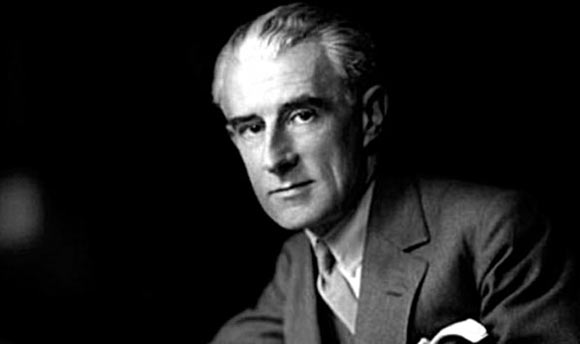
Joseph-Maurice Ravel was a French composer, conductor and pianist. He is often mentioned alongside Claude Debussy as one of the pioneers of impressionist music. Ravel was also known for his extremely difficult piano pieces; which demanded perfect technique and resonating skill from pianists.
Maurice Ravel was born on March 7, 1875 in Basque, Ciboure, France. Ravel’s father was a Swiss inventor who was rumored to have provided an early design for the internal combustion engine. His father had a keen musical insight, and he would often encourage his wife (Ravel’s Mother) to educate her son of her Spanish heritage. At the age of six, Ravel started taking piano lessons with Henry Ghys, and after making rapid progress, he went on to study composition, harmony and counterpoint with Charles-Rene. Soon, at the tender age of fourteen, he gave his first piano recital.
Around 1890, Ravel’s obvious talents at the piano had him admitted to the Paris Conservatoire. There, most people were of the opinion that he was utterly heedless, even so, Ravel won first prize in a piano student competition at the Conservatoire in 1891. Ravel was expelled from the institution in 1895 as he had failed to win a competitive medal in three years (as was the requirement at the Conservatoire). Ravel however, readmitted himself to the Conservatoire in 1898, this time with an emphasis on composition, and yet again he was expelled in 1900 for the same reason. Even though Ravel was studying under the great Gabriel Faure and the eminent André Gedalge; this was a difficult time for Ravel as music critics were not particularly fond of his work. However, he did produce one masterpiece in 1900 which was a piano piece titled “Jeux d’eau”.
By 1905, Ravel was silencing his critics head on, he released a series of five piano pieces itled “Miroirs” or “Mirrors”. “Mirrors” was highly appreciated due to its vivid expressions and technical intricacies. “Mirrors” was also highly renowned for its fantastic use of harmony. Ravel’s other major works from this period include his “Histoires Naturelles”, which were a series of humorous animal songs, and his “Rapsodie Espagnole”, which was a piano four hands work. “Rapsodie Espagnole” was also scored for a full orchestra due to its outstanding success. He also composed the highly famous opera “L’heure espagnole” during this time, which was renowned for its spectacular orchestration and instrumentation. Another honorable mention from this period is Ravel’s masterpiece; “Gaspard de la Nuit”.
During World War I, Ravel served as a truck driver at the Verdun Front. He also composed a few pieces, amongst which his most popular work was included, his “Le Tombeau de Couperin”, which was revered for its astounding harmonic elements. After the war, Ravel wrote a piece for a ballet which was titled “La Valse”. He was also named as a member of the French “Legion d’honneur” in 1920, but he refused to attend the ceremony.
Ravel’s most popular work was written ten years before his death, and it was an orchestral work titled “Bolero”. Ravel was quite surprised by the success of the work and he was known to have stated that “it has no music in it”. Maurice Ravel died on December 28, 1937. Historians believe that his death could be attributed to the critical injuries that he received in a car accident in 1932, after which his mental health rapidly deteriorated.